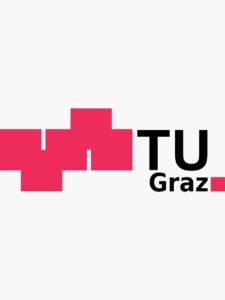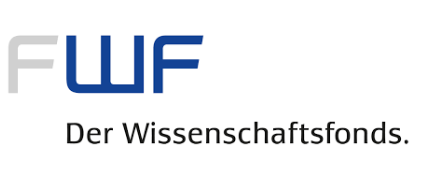RESEARCH SCHOOL
Beyond Permutahedra and Associahedra
Au-dela du Permutoèdre et de l’associaèdre
1 – 5 December, 2025
Scientific Committee
Comité scientifique
Maria Ronco (Talca Universidad)
Francisco Santos (Universidad de Cantabria)
Hugh Thomas (Université du Québec a Montréal)
Lauren Williams (Harvard University)
Organizing Committee
Comité d’organisation
Cesar Ceballos (TU Graz)
Vincent Pilaud (École polytechnique)
Viviane Pons (Université Paris-Saclay)
Ivan Rasskin (Aix-Marseille Université)
The permutahedron and the associahedron are two classical objects that encode the mathematical structure of permutations and associations of an n-element set. Over the years, they have inspired a vast amount of research due to their significant appearance in many different contexts, and have led to numerous connections to diverse fields in mathematics, computer science and physics. Many relevant questions about these objects have been completely solved, and the impact of the solutions onto various problems in related fields are well understood. However, the permutahedron and the associahedron are part of much wider families of objects of interest for which many open problems and connections to other fields arise, opening up new horizons and directions of research.
This research school focuses on the interaction between several topics that go beyond the study of the permutahedron and the associahedron, with emphasis on six different areas:
(1) Combinatorics: lattice theory and posets
(2) Discrete geometry: convex polytopes and simplicial complexes
(3) Algebra: Hopf algebras, representation theory and cluster algebras
(4) Topology: associativity, operads, diagonals
(5) Free probability: cumulants and Hopf algebras
(6) Theoretical computer science: algorithms and complexity
Le permutaèdre et l’associaèdre sont deux objets classiques qui encodent les structures mathématiques des permutations et des associations d’un ensemble à n éléments. Ces dernières années, ils sont apparus dans de multiples contextes et ont été la source de nombreuses recherches. Ils ont permis de faire le lien entre plusieurs domaines des mathématiques, de l’informatique et de la physique. Cela a amené à la résolution de nombreuses questions et l’impact de ces solutions sur divers problème est maintenant bien compris. Cependant, le pemutaèdre et l’associaèdre font en fait partie de familles d’objets beaucoup plus larges et très intéressantes laissant ouvertes de multiples questions. On voit alors apparaître des liens vers d’autres domaines, ouvrant de nouveaux horizons et pistes de recherche.
Cette école de recherche se concentre sur l’interaction entre plusieurs thèmes allant au-delà de l’étude du permutaèdre et de l’associaèdre, en particulier
(1) Combinatoire : théorie des treillis et ordres partiels ;
(2) Géométrie discrète : polytopes convexes et complexes simpliciaux ;
(3) Algèbre : Algèbres de Hopf, théorie des représentations et algèbres amassées ;
(4) Topologie : associativité, operades, diagonales ;
(5) Probabilité libre : cumulants et algèbre de Hopf;
(6) Informatique théorique : algorithmes et complexité.
MINI COURSES
(Mini courses + Exercices)
Nathan Reading (North Carolina State University) Lattice congruences: Permutohedra, associahedra, and beyond (A)
Martha Yip (University of Kentucky) Permutation flows (B)
SHORT TALKS
Federico Ardila-Mantilla (San Francisco State University) Cosmohedra
Spencer Backman (University of Vermont) Higher categorical associahedra
Jonah Berggren (University of Kentucky) The canonical join complex of a framing lattice
Danai Deligeorgaki (KTH) Eulerian polynomials and generalizations via products of simplices
Joseph Dorfer (TU Graz) Happy edges and the reconfiguration of plane spanning graphs
William Dugan (University of Barcelona) On the f-vector of flow polytopes for complete graphs
Lucas Kühne (Bielefeld University) When alcoved polytopes add
Arnau Padrol (University of Barcelona) Facial nested complexes and acyclonestohedra
Daria Poliakova (University of Hamburg) Hochschild polytopes
Viviane Pons (Université Paris-Saclay) SageMath intro
Roman Sanyal (Goethe University Frankfurt) From linear programming to particle collisions
SPEAKERS
Bérénice Delcroix-Oger (Université de Montpellier) Orders and shuffles on nestohedra
Eléonore Faber (University of Graz) Additive frieze patterns and associahedra
Torsten Mütze (University of Kassel) Traversing regions of supersolvable hyperplane arrangements and their lattice quotients
Frédéric Patras (CNRS, Université Côte d’Azur) Matrix symmetric functions
Christian Stump (Ruhr-Universität) Extending the ab-index for braid and reflection arrangements






